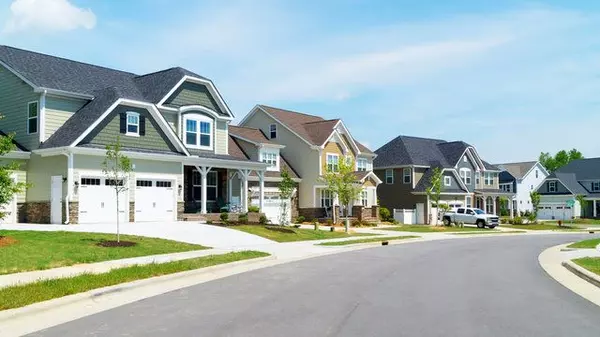Best Practices When Remodeling Your Home to Sell

Best Practices When Remodeling Your Home to Sell
Remodeling your home before putting it on the market can be a smart way to increase its appeal and value, but it's important to approach the process with strategy and restraint. The goal isn't to transform your home into a personal dream space—it's to make it attractive to as many potential buyers as possible. That means choosing upgrades that offer a strong return on investment, appeal to a broad range of tastes, and help your property stand out in today’s competitive real estate market.
The first and most important step is to understand your local market. What’s in demand in your neighborhood? Are buyers looking for updated kitchens, open-concept layouts, or outdoor entertaining spaces? Talk to a knowledgeable real estate agent and review recent sales to determine what upgrades will give you the most value for your location and price point. It’s easy to fall into the trap of over-improving a home, especially if you’re emotionally attached. But pouring money into a full-scale renovation that exceeds neighborhood standards might not yield a return and could actually make it harder to sell.
Instead of taking on major remodeling projects, focus on high-impact, cost-effective updates. Kitchens and bathrooms are always a strong bet—buyers pay close attention to these areas, and even modest upgrades can have a big effect. Replacing outdated hardware, installing modern lighting, updating faucets, and applying a fresh coat of neutral paint can transform these spaces without breaking the bank. Flooring and paint throughout the home should also be addressed. Old carpet, scuffed walls, or dated color schemes can make a home feel tired. New flooring and neutral paint can make the entire property feel fresh, clean, and move-in ready.
Curb appeal is another critical area that often gets overlooked. Buyers form opinions within seconds of pulling up to a home, so make sure the exterior looks inviting. Power washing the siding, painting the front door, replacing worn house numbers, trimming bushes, and planting flowers can give your home a welcoming look that entices buyers to see more. Remember, the little details matter. These affordable exterior updates can increase foot traffic and boost perceived value before anyone even walks through the front door.
It’s also essential to tackle necessary repairs before thinking about aesthetics. If your home has leaky faucets, cracked tiles, damaged drywall, or other signs of neglect, these issues should be resolved first. Buyers are often wary of homes that show signs of deferred maintenance, even if the cosmetic updates look great. Addressing repairs helps reduce the likelihood of inspection issues and builds trust with potential buyers.
When making updates, always aim for timeless and broadly appealing finishes. You might love bold colors, trendy tile patterns, or statement lighting, but not everyone will. Stick to neutral tones, classic fixtures, and transitional styles that appeal to the widest audience. The goal is to help potential buyers envision themselves living in the space, and that’s easier when the canvas is clean and adaptable.
While some home improvement projects can be tackled DIY, it's important to recognize your limits. Electrical work, plumbing, roofing, and structural changes should always be handled by licensed professionals. Poor workmanship not only risks safety issues but can also hurt your chances of passing inspections or getting top dollar for your home. A few hundred dollars spent on professional help can protect your investment and avoid costly headaches down the road.
Finally, once your remodeling and repairs are complete, consider staging your home. Staging allows you to highlight the home’s best features and help buyers emotionally connect with the space. It creates a vision for how rooms can be used and adds the finishing touch that can make your home truly shine. Paired with professional photography and strategic marketing, staging can elevate the entire presentation of your property.
In the end, remodeling to sell isn’t about overhauling your home—it’s about making smart, targeted decisions that increase appeal, add value, and reduce time on the market. By focusing on the right projects, maintaining a buyer-focused mindset, and working with a trusted real estate professional, you can turn your home into a desirable listing that sells quickly and profitably.
Categories
Recent Posts










